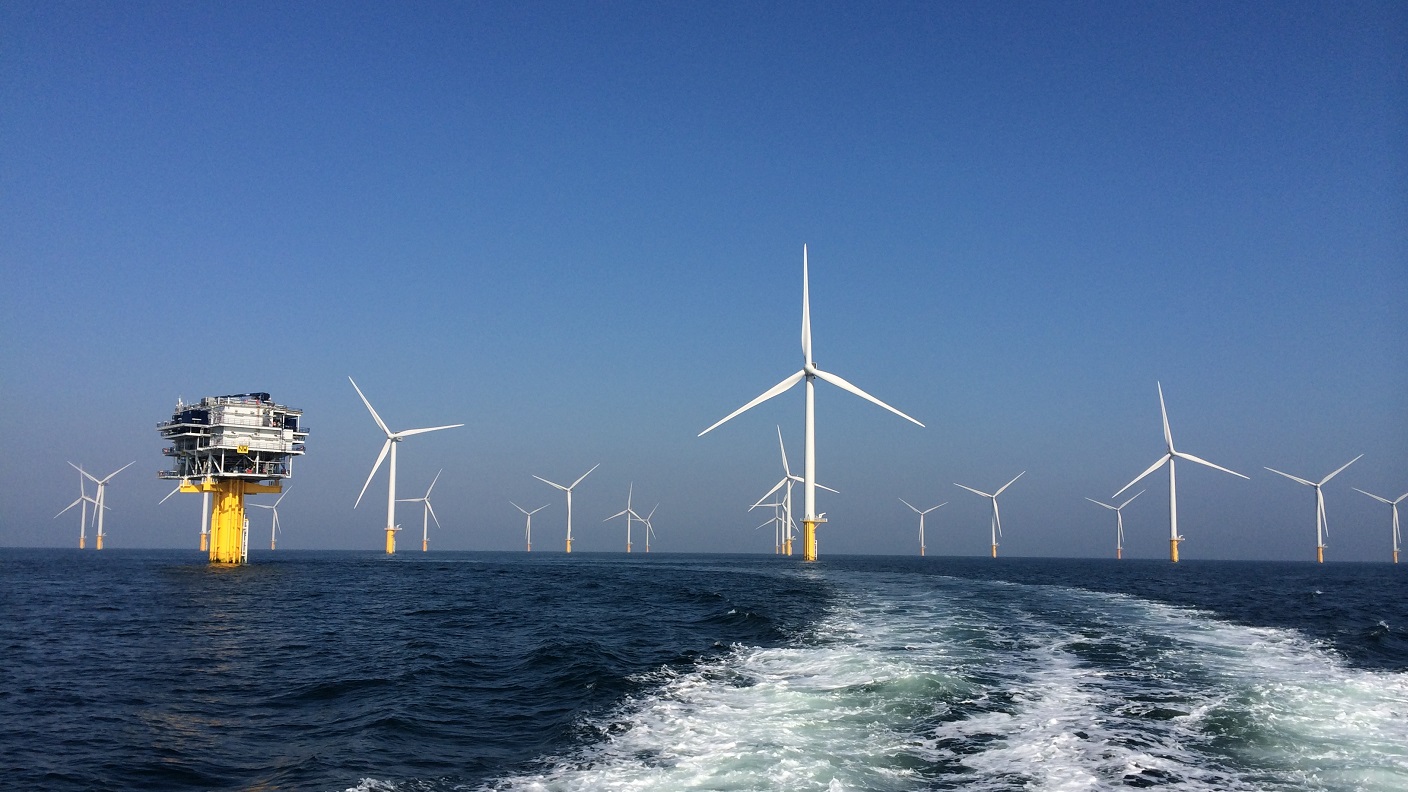RIO DE JANEIRO, BRAZIL – On May 19, the Brazilian oil company Petrobras (NYSE:PBR) announced it is studying, in partnership with Norwegian Equinor, the construction of an offshore wind farm with an installed capacity to generate 4 gigawatts (GW), almost a third of what the giant hydroelectric power plant Itaipu produces (14 GW).
Brazil’s largest company informed in a communiqué that the two oil companies have already begun the respective environmental feasibility studies for the construction of the wind farm in the Campos marine basin, in the Atlantic Ocean, off the coast of the state of Rio de Janeiro, where Petrobras already exploits several deepwater hydrocarbon deposits.
The park would be located in Aracatu, about 20 kilometers offshore, resulting from a partnership that the two companies signed in 2018 to develop renewable energy projects.

The initiative is in “line with Petrobras’ strategy to reduce its operational emissions (of polluting gases) and develop less carbon-intensive business opportunities,” according to the statement from the company, which is controlled by the state but has shares traded on the São Paulo, New York, and Madrid stock exchanges.
The project is foreseen in Petrobras’ Strategic Plan for the five-year period 2022-2026.
“Brazil’s potential for offshore wind power generation offers promising opportunities for the diversification of the country’s energy matrix,” said Petrobras’ Institutional Relations and Sustainability director, Rafael Chaves, as quoted in the statement.
According to Petrobras, this potential is because offshore generation operates with “large equipment and delivers large volumes of energy, despite using the same wind generation technology with onshore towers.
Despite Brazil’s enormous potential in this area, as studies indicate that the country can generate up to 700 gigawatts of offshore wind energy, the government has not yet regulated this sector. The Executive and Legislative branches are still discussing the rules allowing offshore tower production.
While awaiting this regulation, the environmental authorities have already received for analysis about twenty offshore wind farm projects in the country, with the capacity to generate about 40 gigawatts of energy, from large companies in the sector, such as Iberdrola (BME:IBE), Shell (LON:RDSb), Engie (EPA:ENGIE) and Equinor, which are working with the expectation that the rules will be approved by 2023.
In March, the multinational Shell announced that it had already applied for the environmental license to set up six offshore wind farms in Brazil with a combined installed capacity to generate up to 17 gigawatts.
Neoenergía, Brazil’s second-largest energy distributor and a subsidiary of the Spanish group Iberdrola, plans to start operations to exploit offshore wind energy in the South American giant between 2025 and 2027.
Neoenergía is in the initial phase of studies of three projects with a combined capacity of 9 gigawatts off the coasts of the states of Ceará (northeast), Rio de Janeiro (southeast), and Rio Grande do Sul (south).

